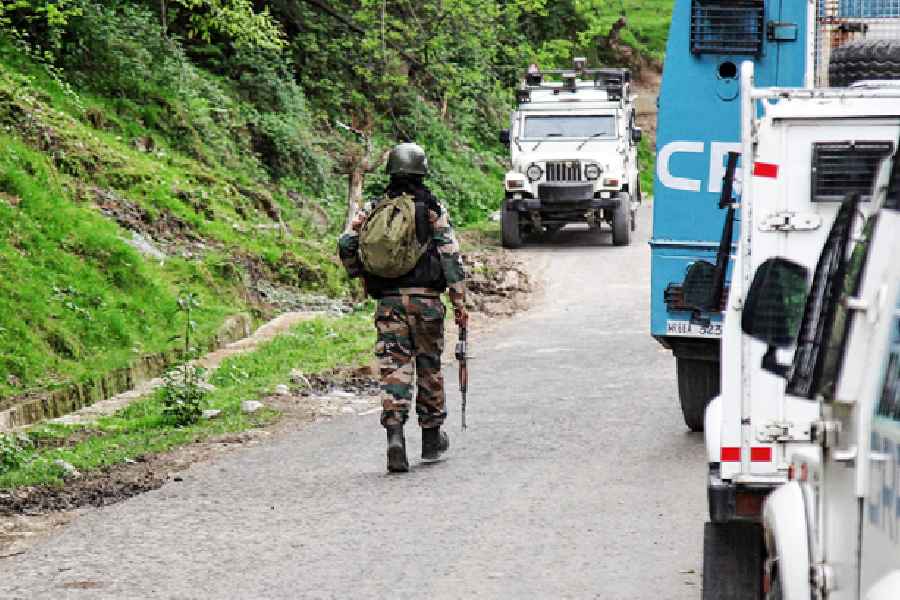 |
 |
| An AP file picture of an elephant crossing a railway track on the outskirts of Guwahati; and (below) a train at Sevoke station in the Mahananda Wildlife Sanctuary |
Siliguri, Sept. 6: Lack of co-ordination between the railways and the forest department was one of the main reasons for the death of 150 elephants on tracks across the country since 1987.
This was the finding of a 12-member elephant task force formed by the Union ministry of environment and forests. The committee submitted its report, “Gajah — Securing the Future for Elephants in India”, to the ministry on August 31.
The report says 36 per cent of the elephant deaths on rail tracks have been reported in Assam, followed by 26 per cent in Bengal. Elephants have been mowed down by trains in states like Uttarakhand, Jharkhand, Tamil Nadu, Uttar Pradesh, Kerala and Orissa also. However, the percentage is less in these states compared to Assam and Bengal.
The task force has found out that apart from elephants, other endangered animals like tigers, leopards, rhinos and gaurs (Indian bison) have also lost their lives on railway tracks criss-crossing various wildlife sanctuaries in the country.
“In an emerging economy like India, where expansion of railways and roadways is inevitable, such accidents pose an additional threat to elephant populations especially in the wake of already existent threat like large scale habitat degradation, loss of habitat quality, fragmentation, and conflict with humans,” the panel notes on page 187 of the report.
R. Sukumar, Bibhab Talukdar, Vivek Menon, Mahesh Rangarajan and A.N. Prasad were some of the members of the task force.
The panel has pointed out a number of factors, which lead to animal deaths on tracks. The main factor is the absence of food, water, shelter and vegetation. Elephants cross railway tracks in search of food and shelter and end up being knocked down by trains.
Certain physical factors also contribute to the animal deaths. These are elevated and curved tracks in the forests, speed and frequency of trains and lack of awareness among drivers.
The task force, which was formed about six months ago, has recommended that a National Elephant Conservation Authority be formed on the lines of National Tiger Conservation Authority.
The panel also suggested that the elephant be declared a “national heritage animal” and an awareness drive under the title “hathi mere sathi” be launched. “Beyond the well- known Hindi film of that name, the term ‘Haathi-Mere-Saathi’ evokes companionship with the animal world through the image of an elephant,” observed the task force.
Wildlife enthusiasts have welcomed the panel’s report.
“It is good to hear that the Union environment and forest ministry is contemplating elephant conservation and has the comprehensive report of the task force with them. Given the increase in elephant deaths from train hits, it is imperative that concrete steps are taken to regulate speeds and stop the animal killings. Nineteen elephants have been run over by trains in the Siliguri Junction-Alipurduar section cutting across forests in the Dooars since 2003,” said Animesh Bose, a member of the state board for wildlife.
A group of state government employees have come forward to do their bit towards the protection of the elephant. The Jalpaiguri district committee of the State Government Employees’ Federation (Unified) today launched a campaign among railway employees to make them aware of the need to protect wild animals.
“We have made a tableau, Sachetana Ratha, and will visit all the 20 stations between Sevoke and Alipurduar. We will approach the drivers, station masters and other railway employees and request them to maintain a speed limit of 25kmph in the forests so that elephant deaths on tracks are prevented,” said Sanjib Chatterjee, the Jalpaiguri district secretary of the federation.










